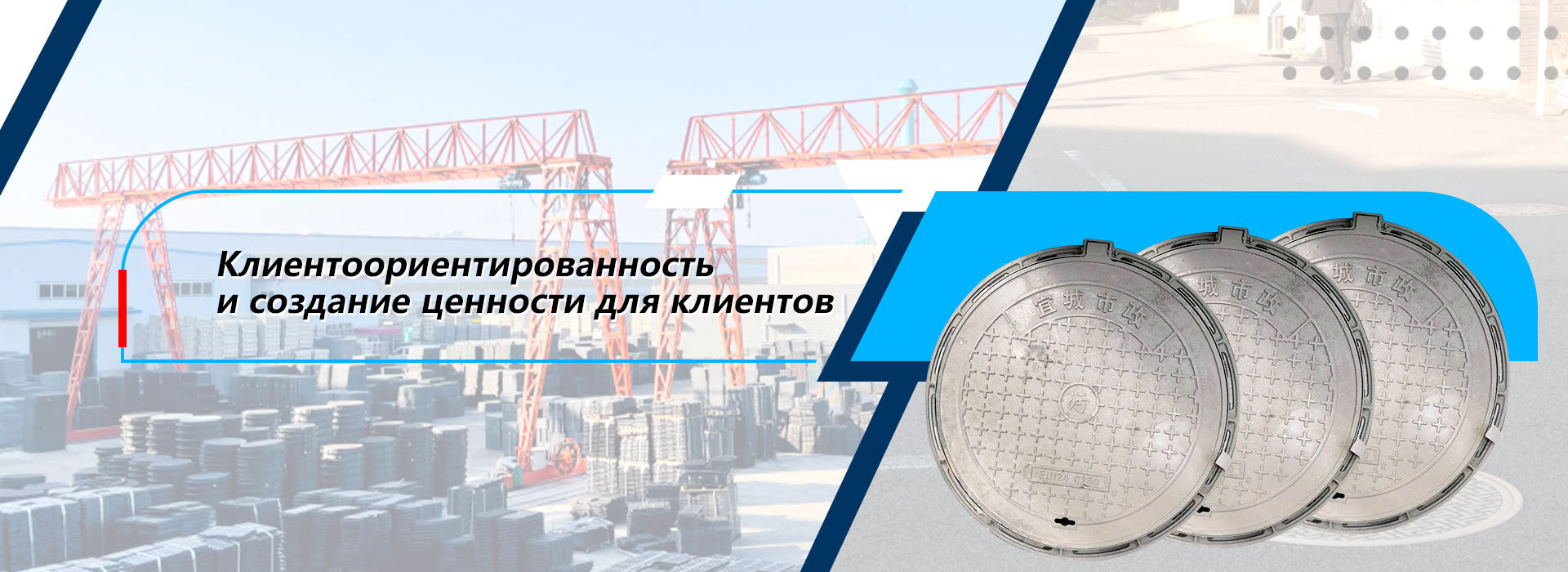
Technical analysis of the differences between round and square hatches of high -strength cast iron
2025-04-25
Technical analysis of the differences between round and square hatches of high -strength cast iron

1. Design and mechanical properties
- Round hatches
Round hatches have an enthusiastic structure, so that the load is evenly distributed to the edges. According to the principles of materials mechanics, the round shape minimizes the concentration of stresses at vertical load, reducing the risk of deformation or cracks from transportation. Tests show that the strength of the compression of round hatches of high -strength cast iron exceeds 500 kN, which corresponds to the D400 class according to the EN 124 standard.
- square hatches
The straight angles of square hatches create the concentration of stresses in the corner zones, especially with dynamic loads (for example, from multiple passage of heavy equipment), which can lead to fatigue destruction. However, the square form simplifies the installation in fixed areas (for example, on the sidewalks) and is better adapted to rectangular viewing wells. Their compression strength is usually 300-400 kN (classes C250 - D400).
2. Scope and safety
- Round hatches
- Protection from the fall: the design of a round hatch and neck excludes the risk of falling the hatch inside the well due to the absence of a diagonal clearance.
- Application: are widely used on the roadway, highways and other zones with high load (in Europe more than 90% of roads are equipped with round hatches).
- square hatches
- Adaptability: suitable for municipal objects with a complex underground infrastructure requiring a rectangular configuration (for example, cable wells).
- Risks: require increased angular zones and regular checks to prevent displacement.
3. Economic and cost of service
- Production costs:
Round hatches are 10-15% more expensive due to centrifugal casting technology. Square hatches are produced by casting in sand forms, which is cheaper with mass release.
- Maintenance:
Round hatches are durable (replacement period up to 5 years), while squares require more frequent repairs (on average every 2 years in Asian cities).
4. International standards and regional features
-Europe/USA: preference to round hatches (EN 124, ASTM A48 standards) due to safety and durability.
-Asia: above the share of square hatches (for example, the GB/T standard 23858-2009 in China) due to compatibility with brick wells.
Conclusion
Round hatches of high -strength cast iron, due to mechanical advantages and safety, are the “gold standard” for high load zones. Square hatches are indispensable in specific scenarios due to flexibility and economy. The choice should take into account the requirements for the load, the conditions of installation and the cost of the life cycle.









